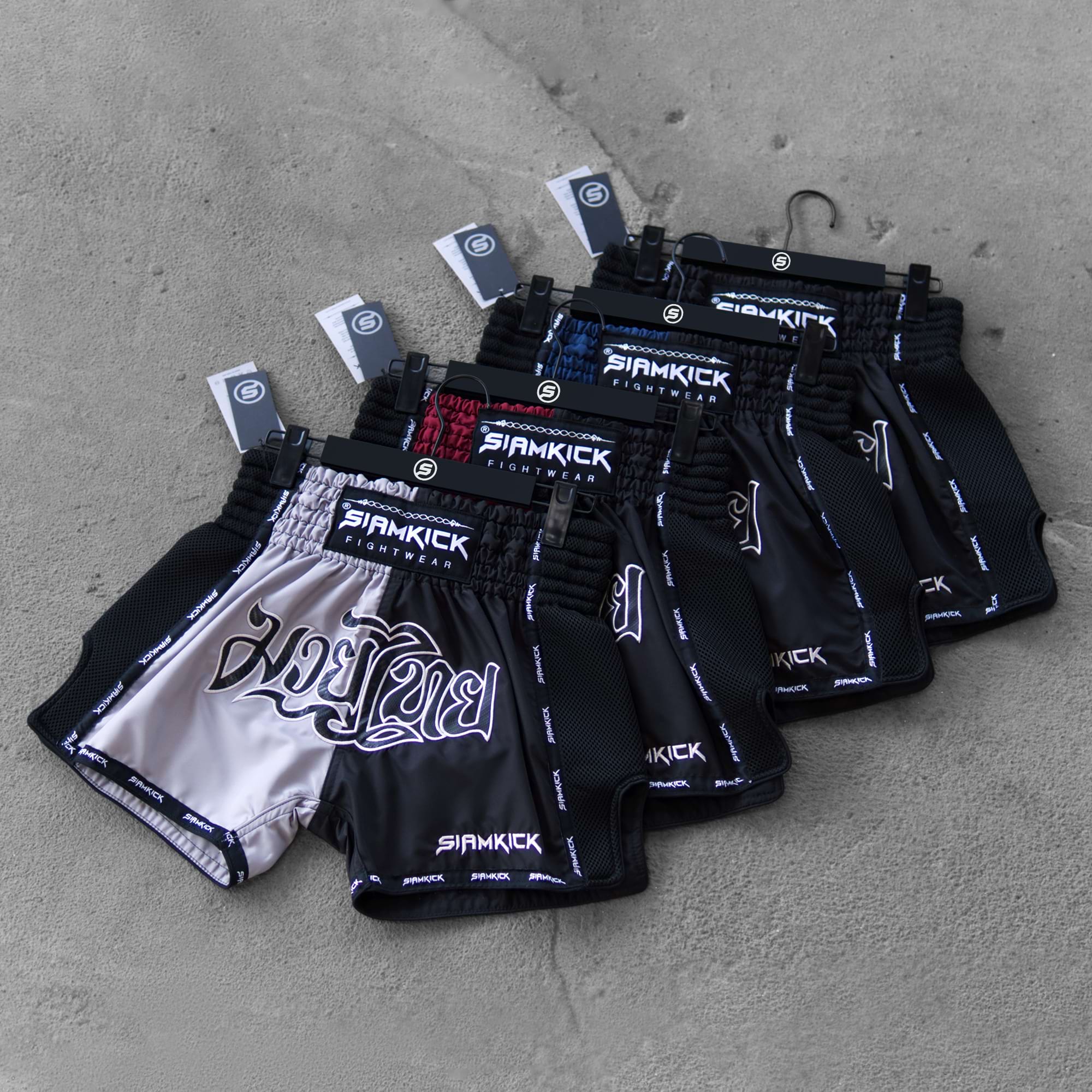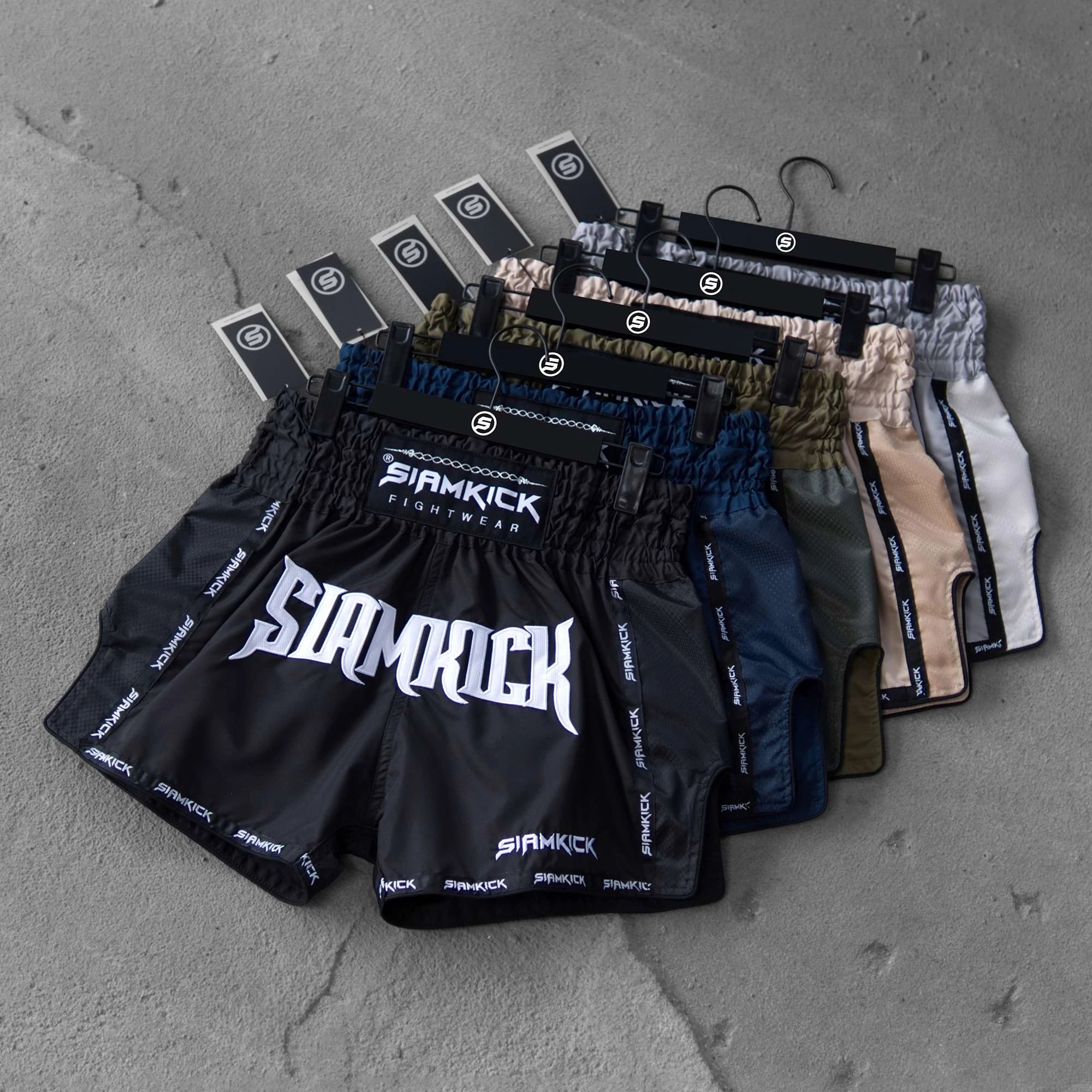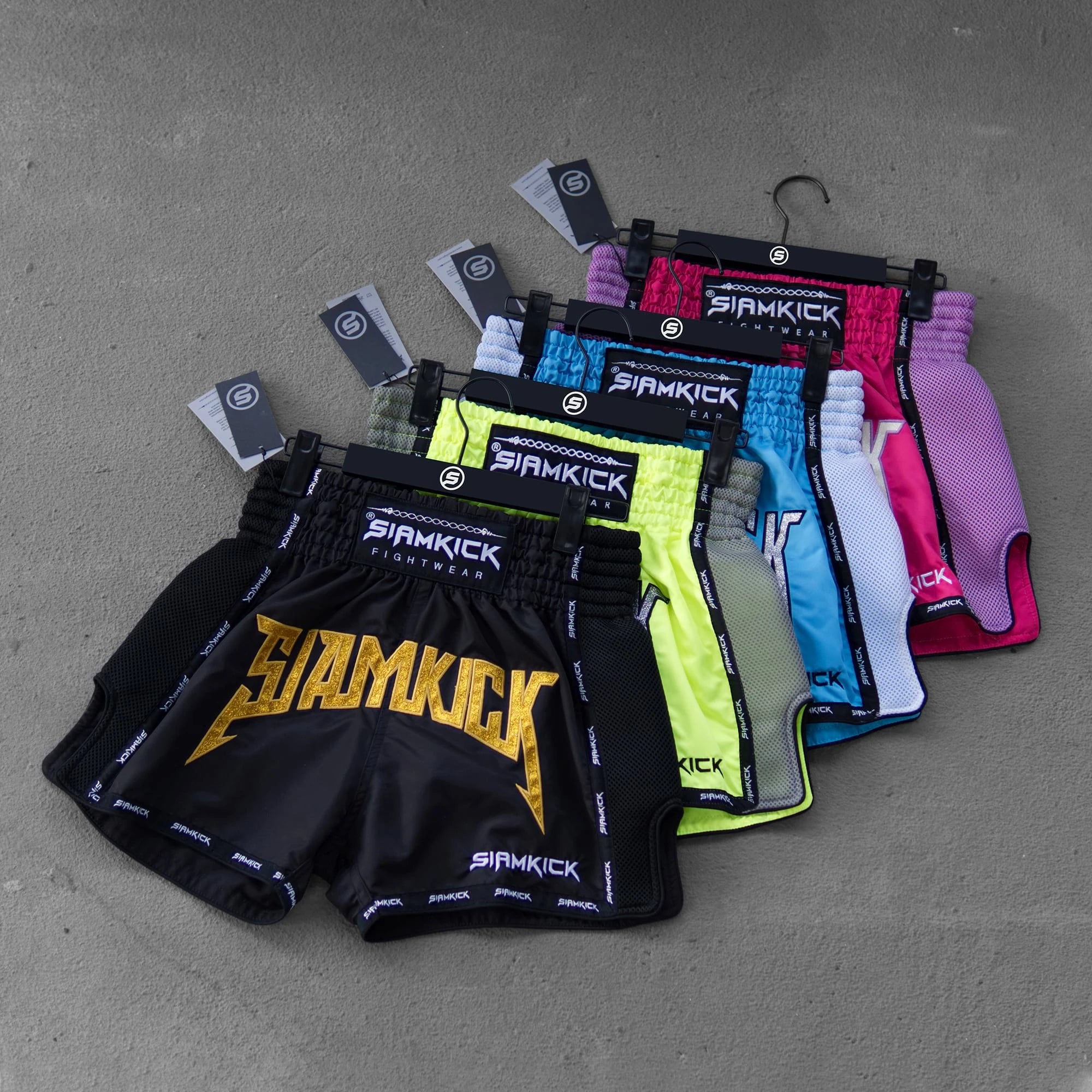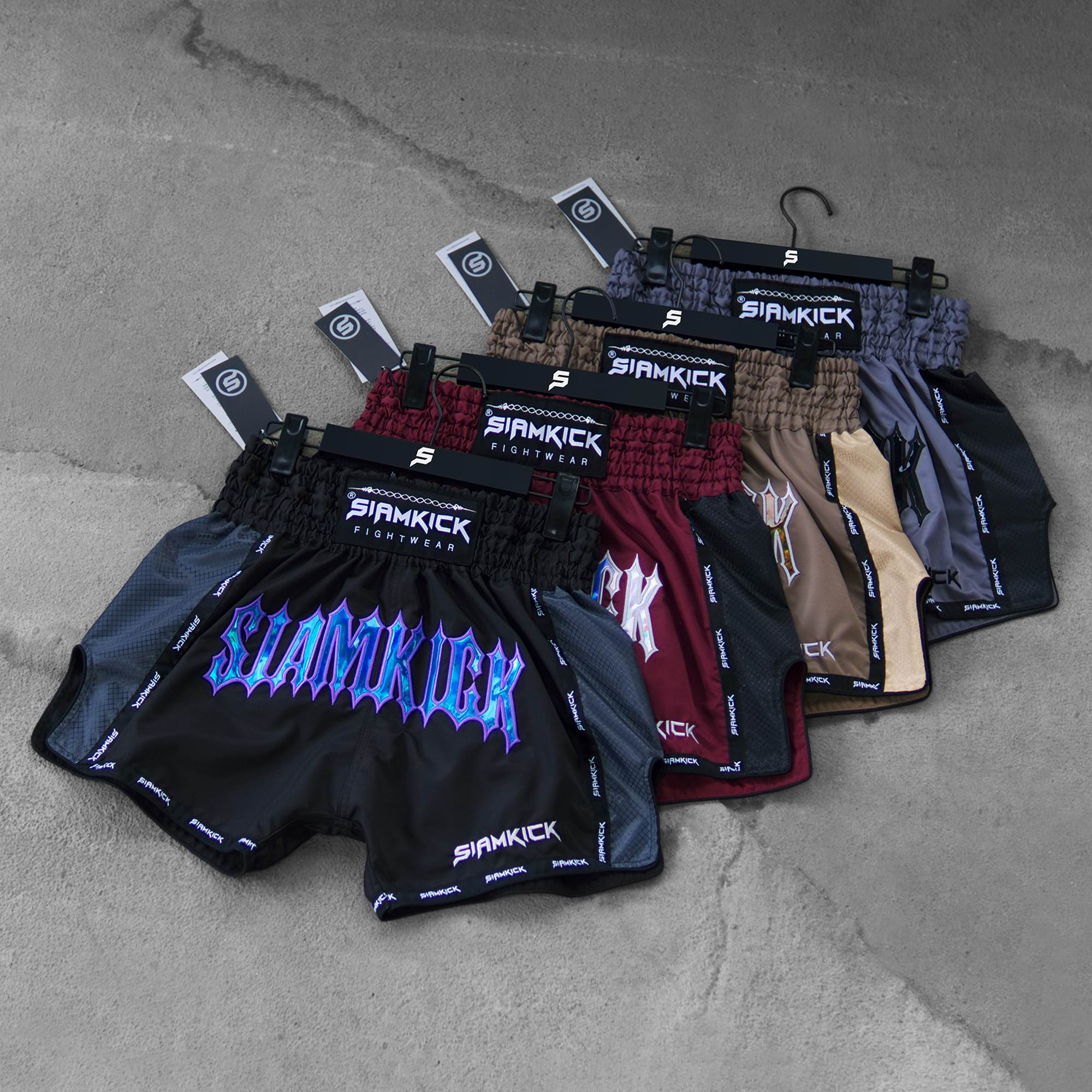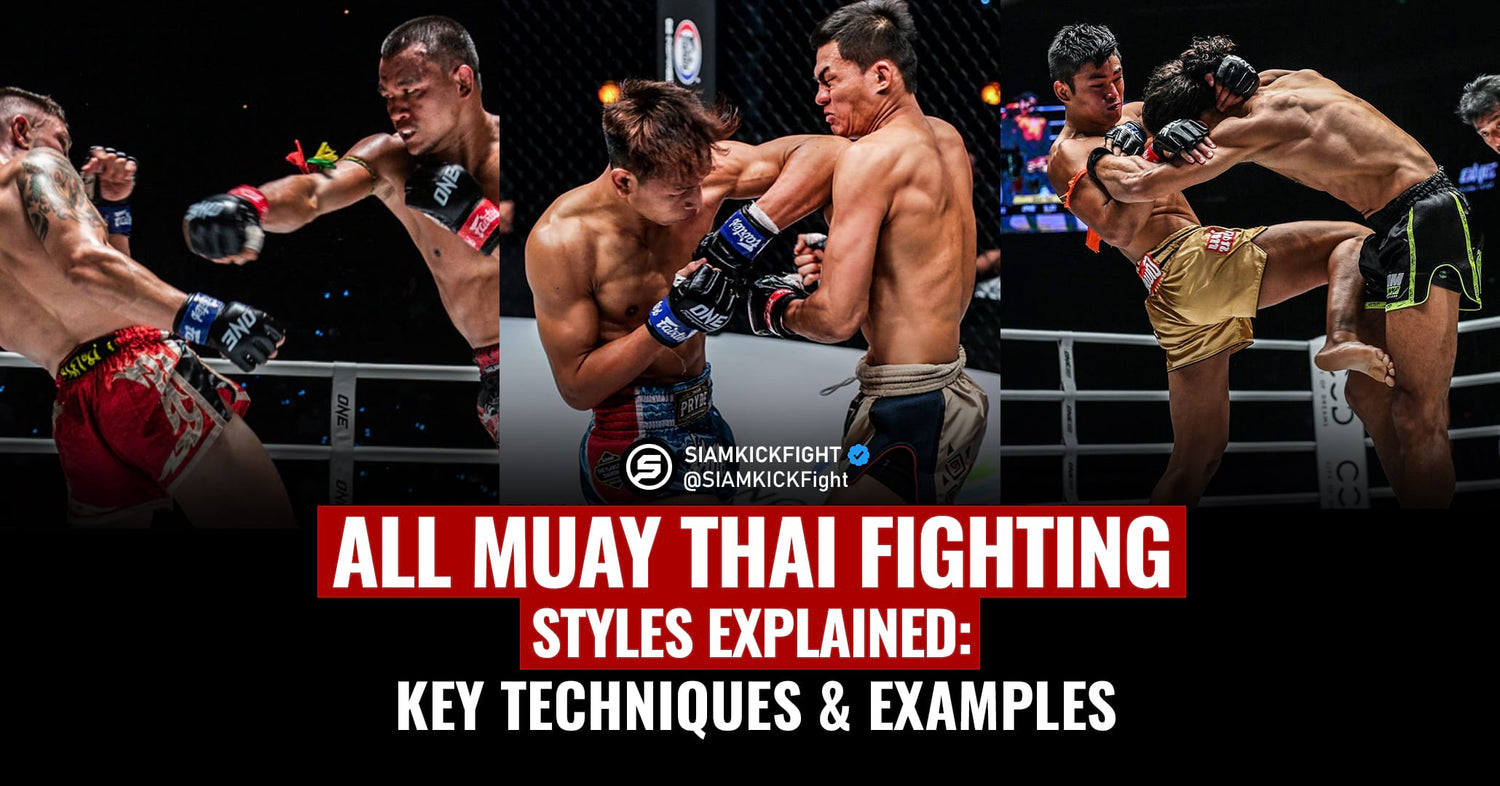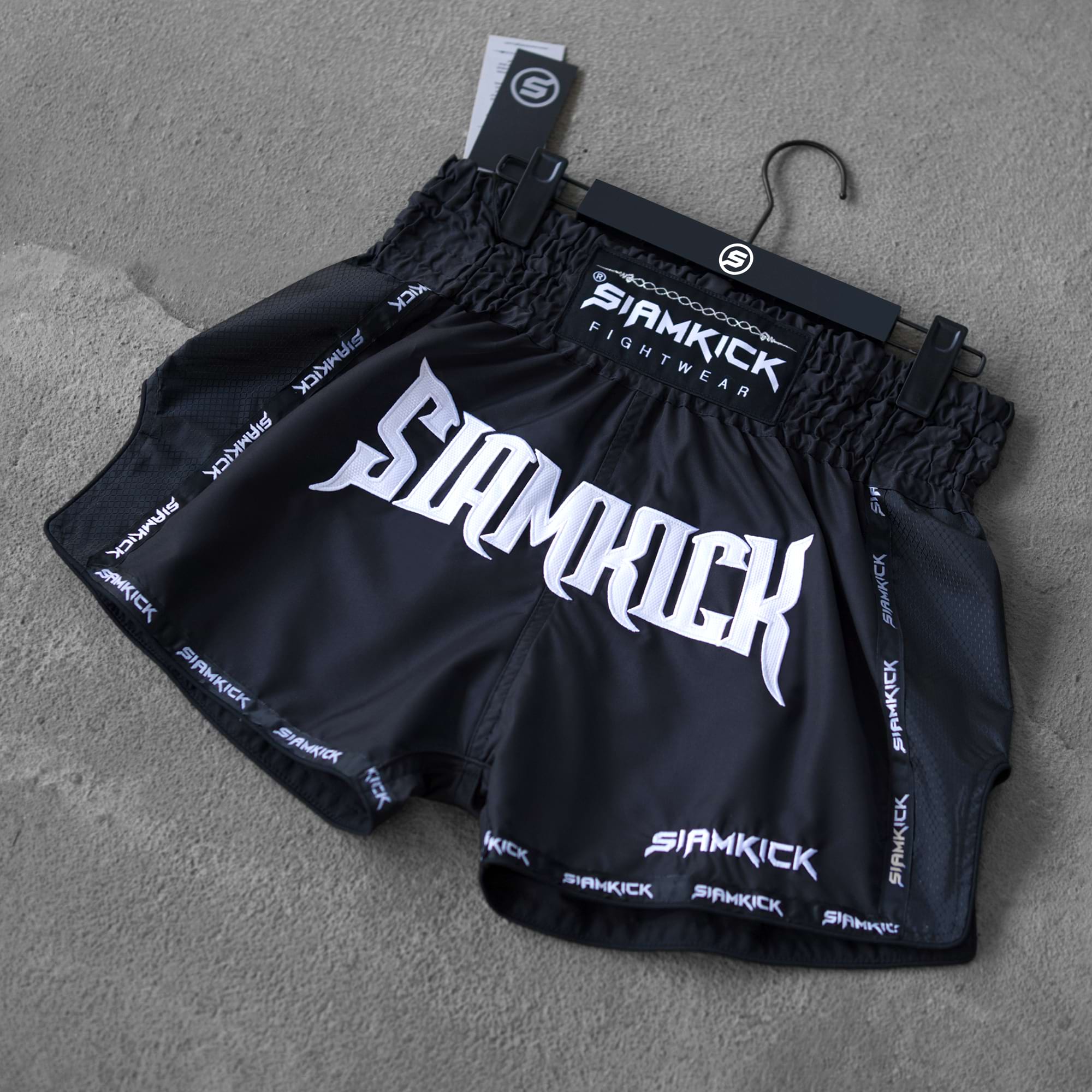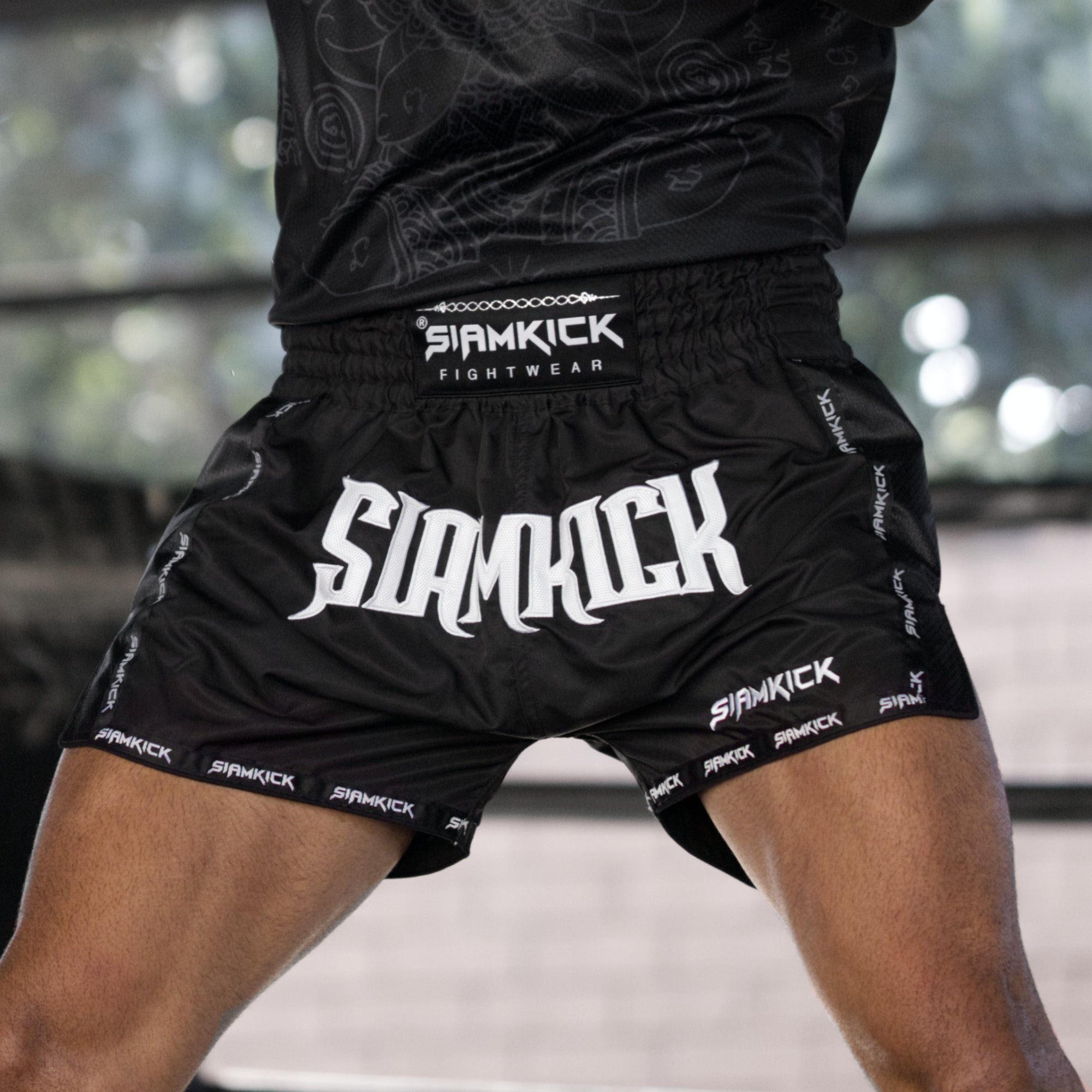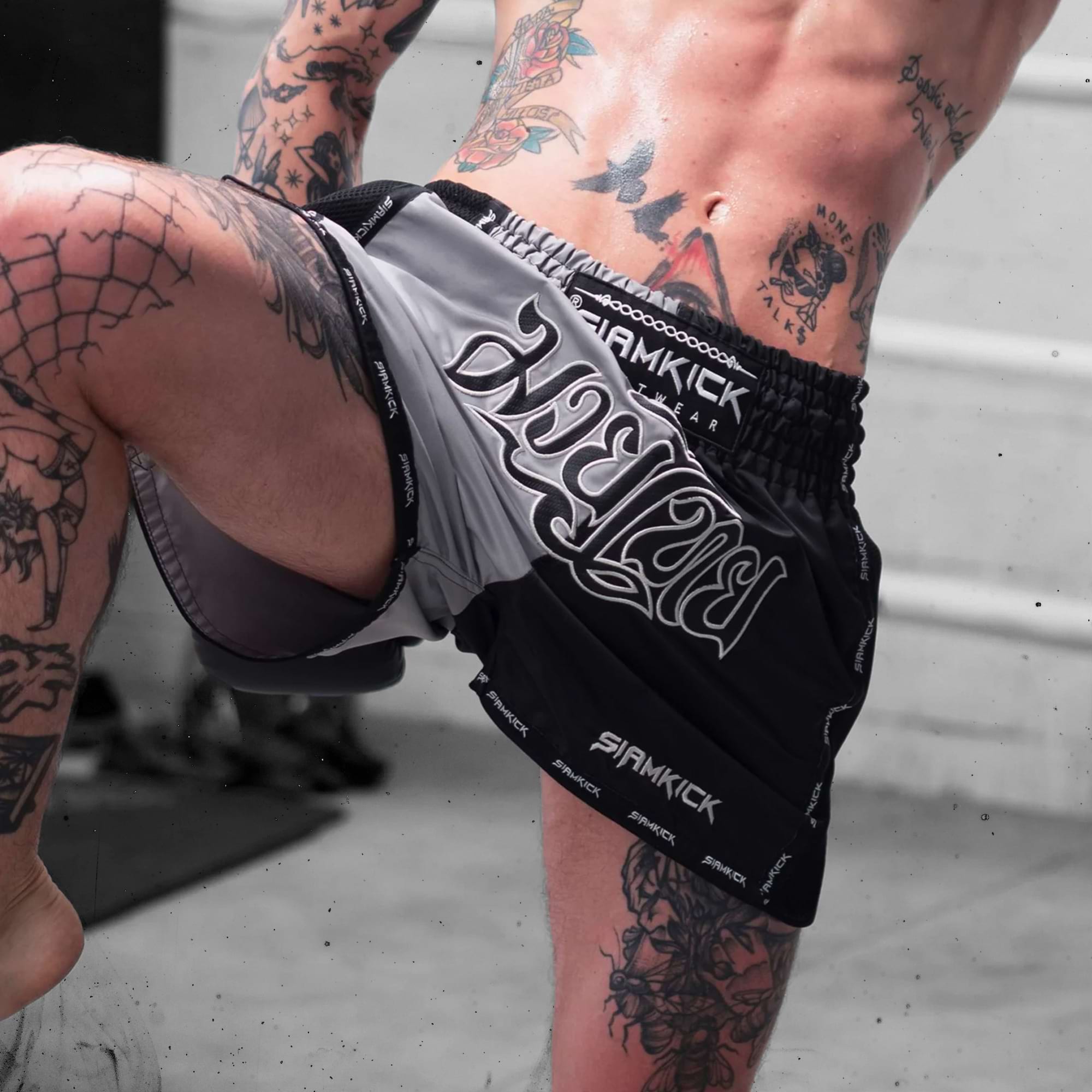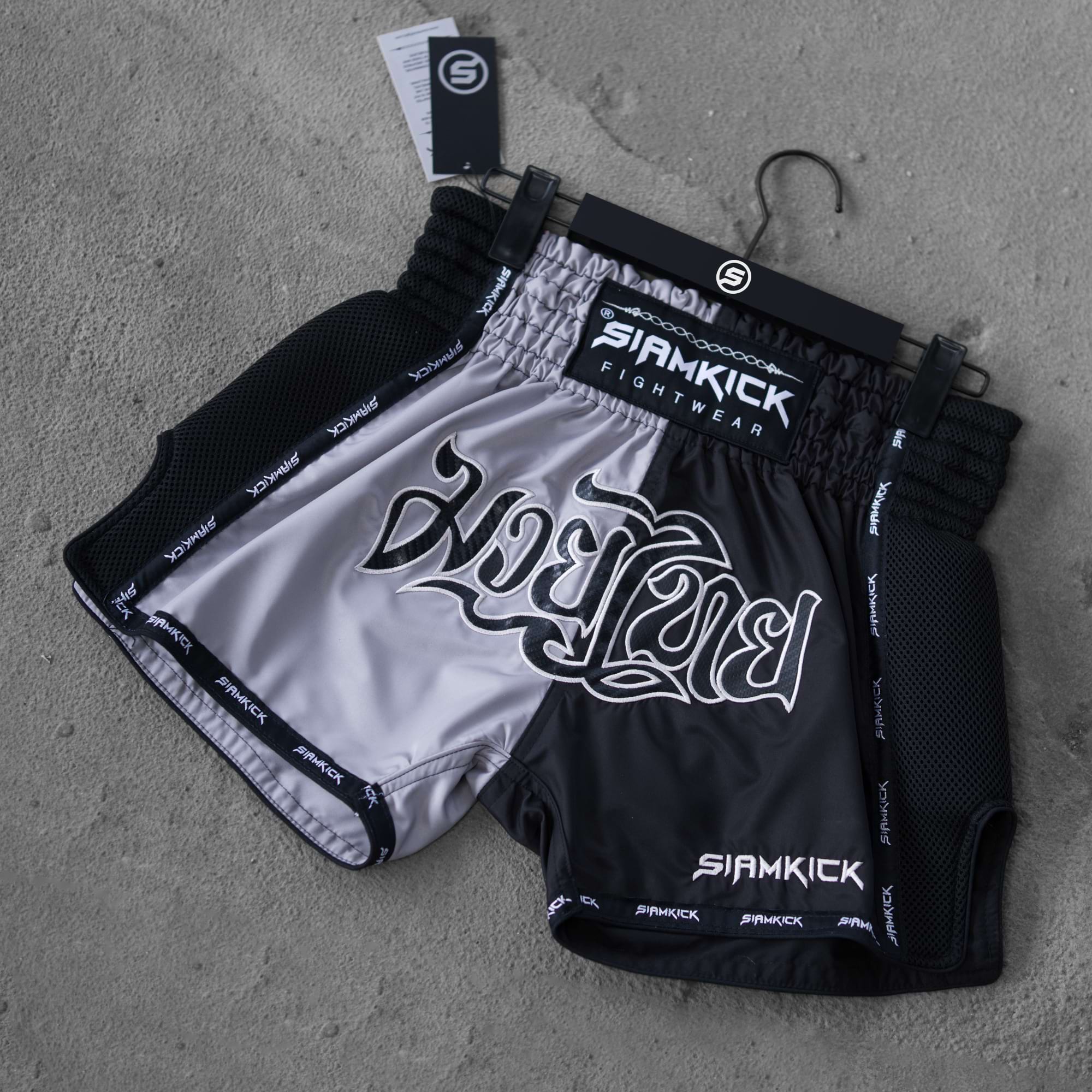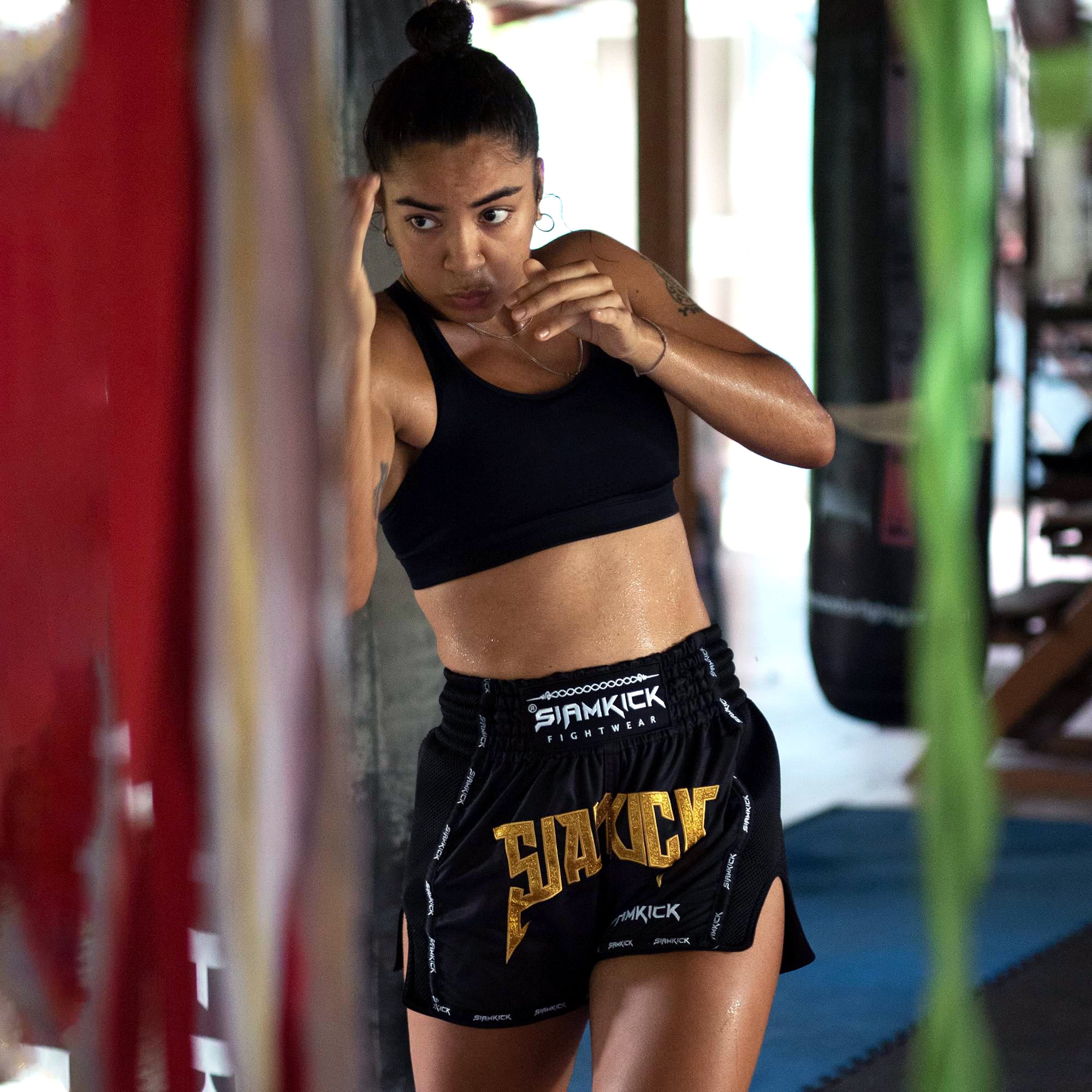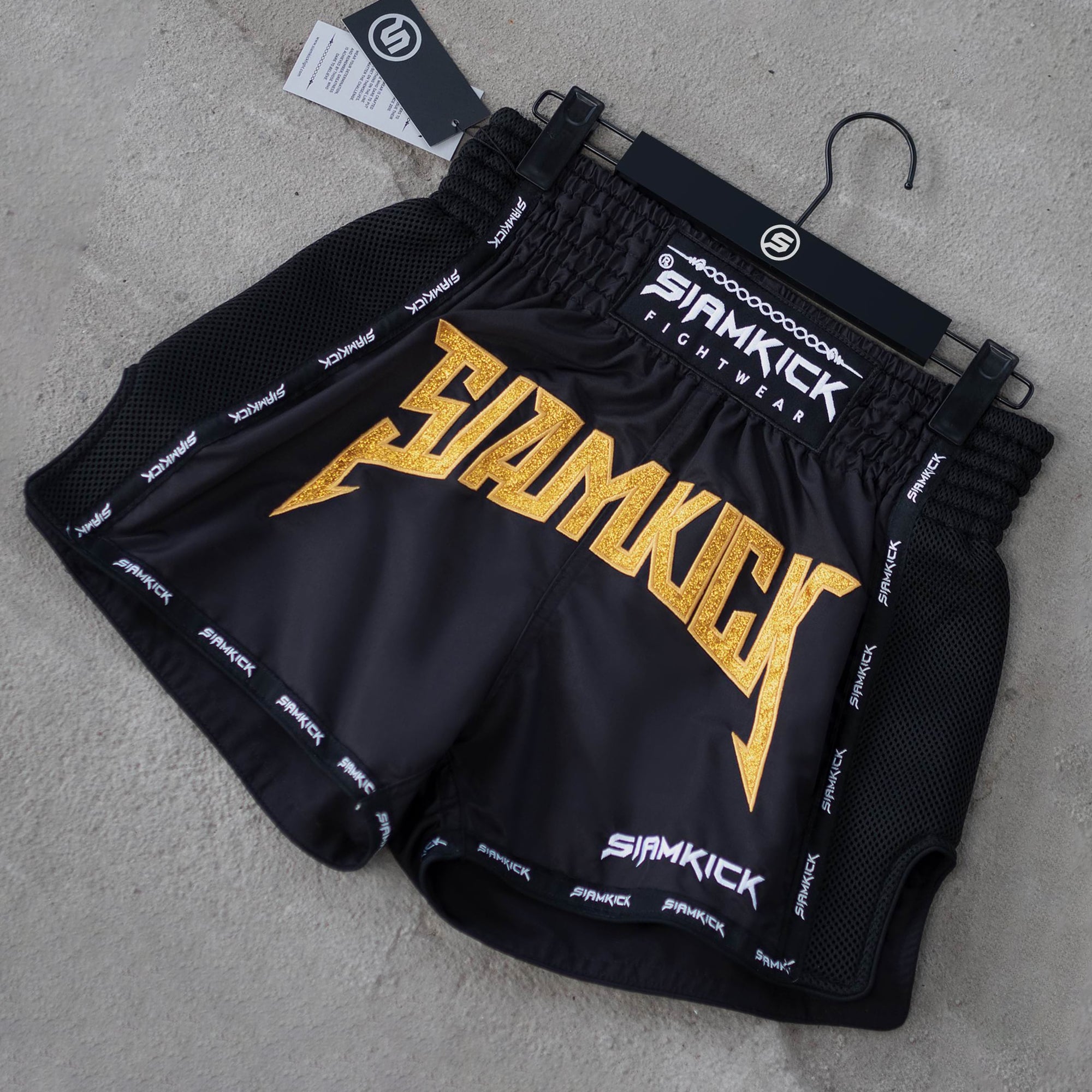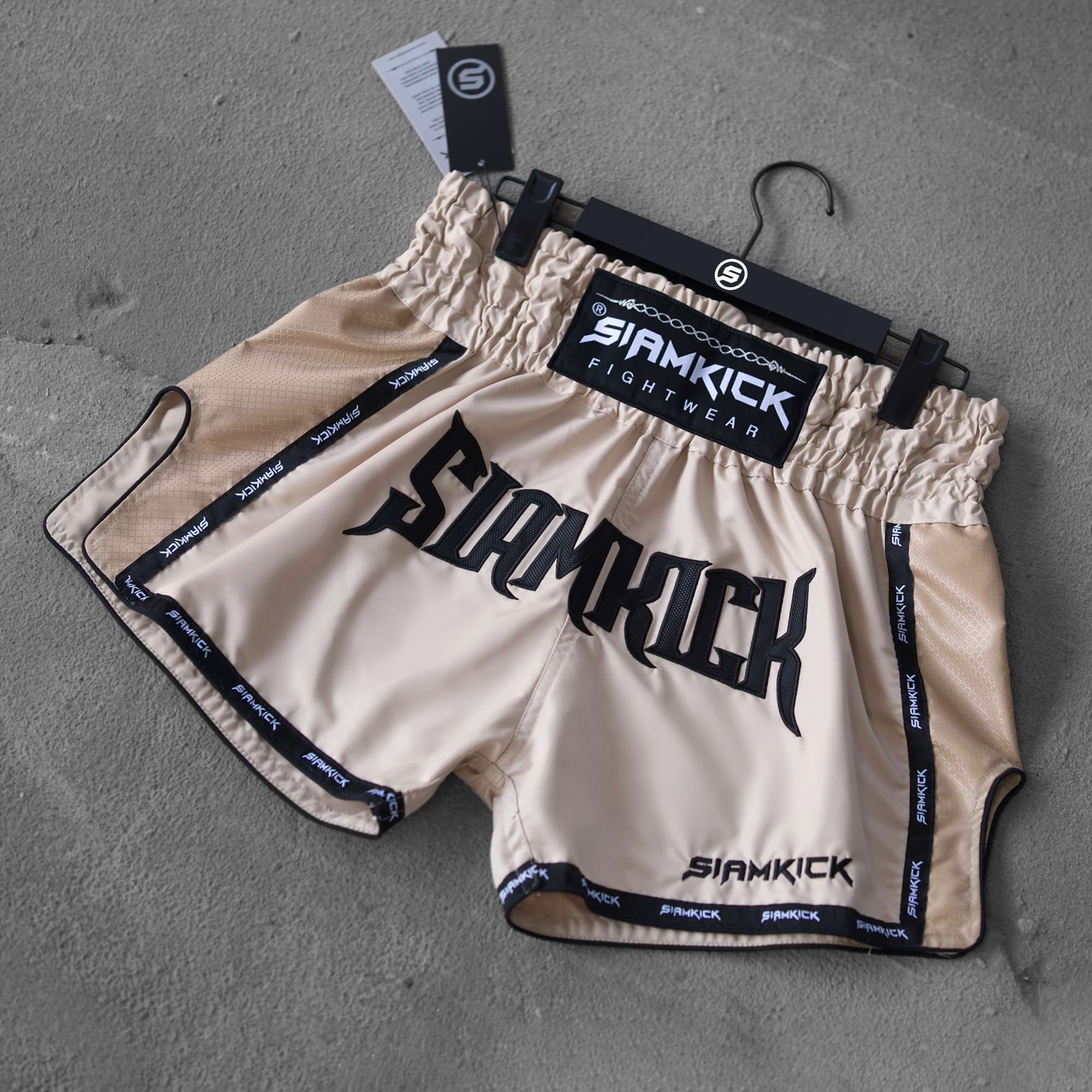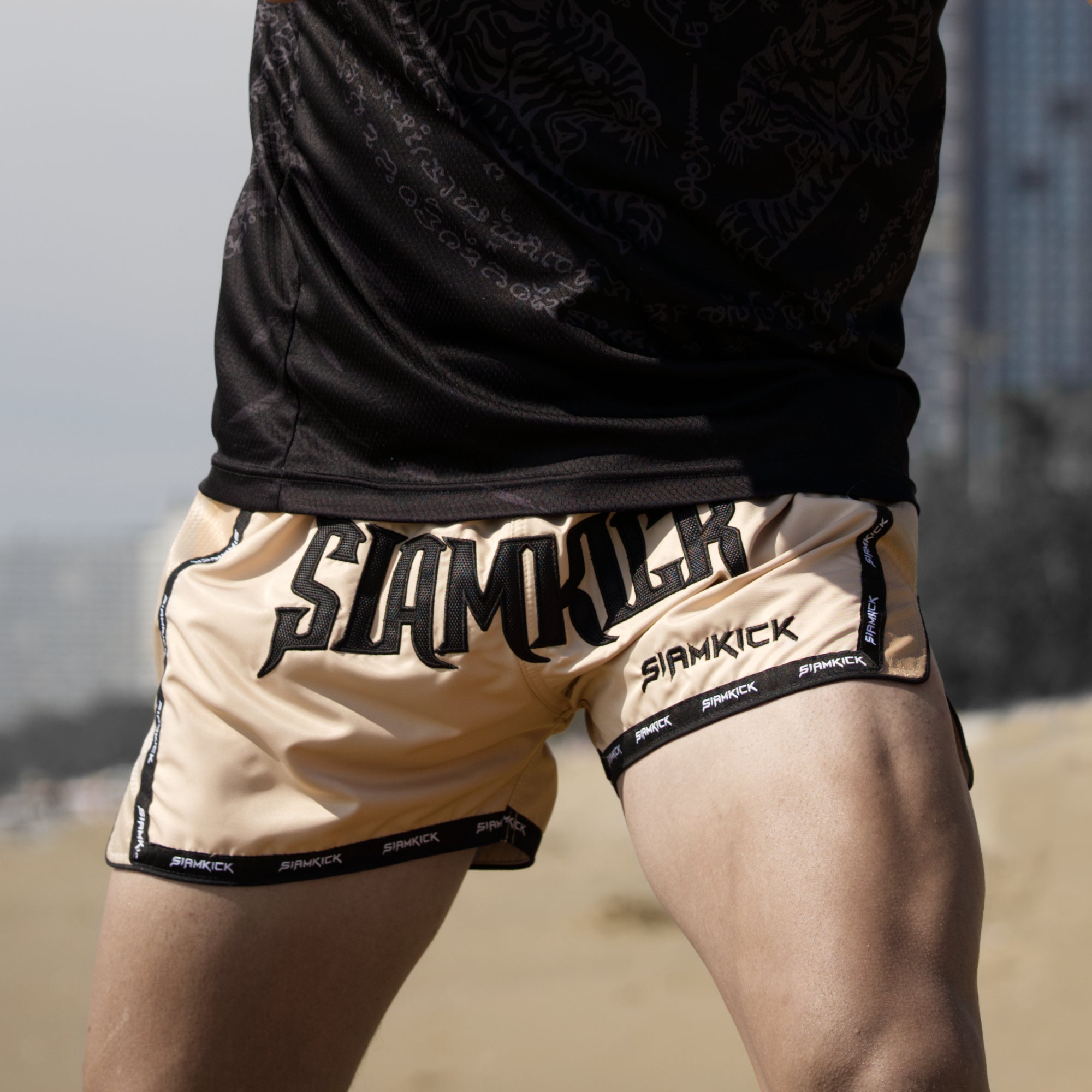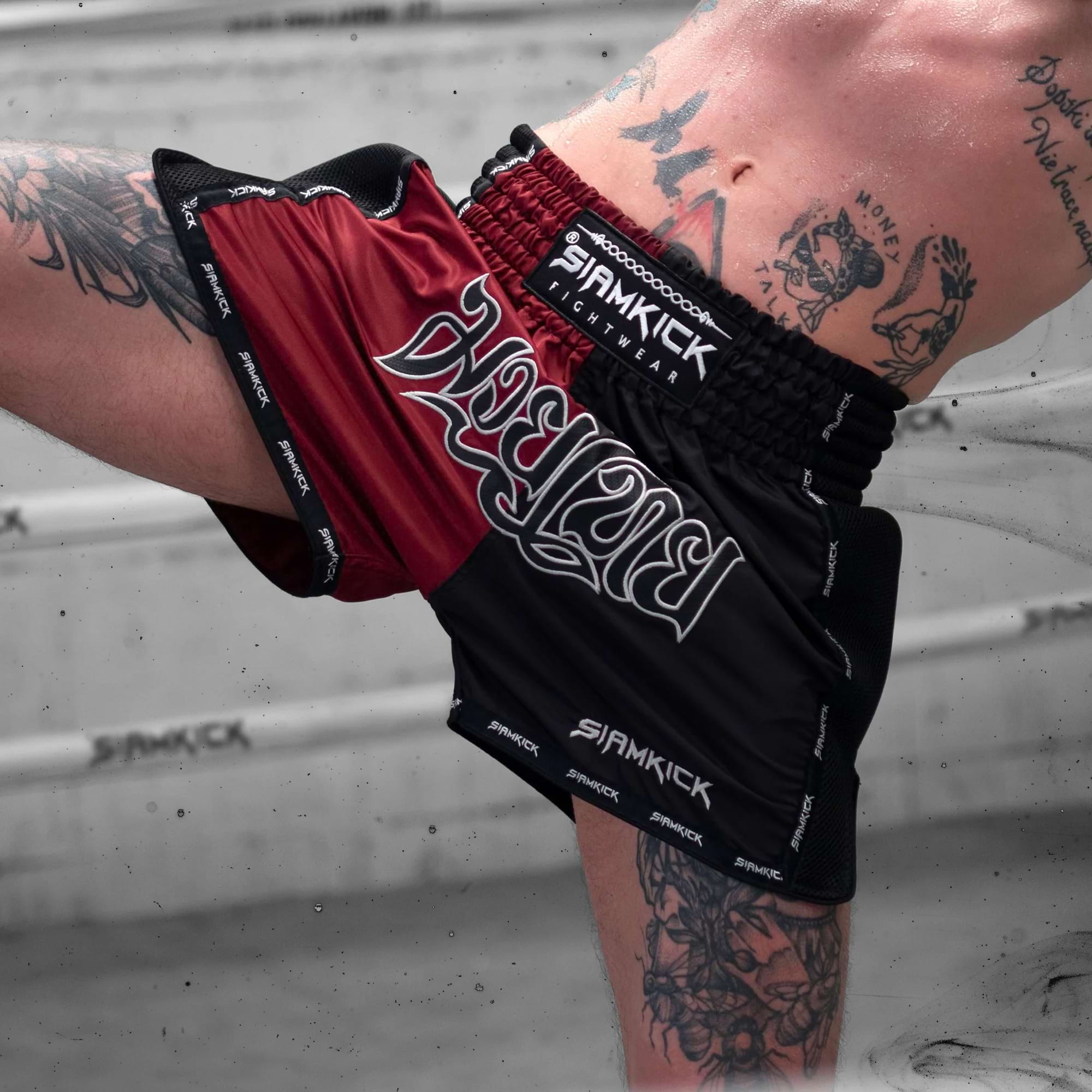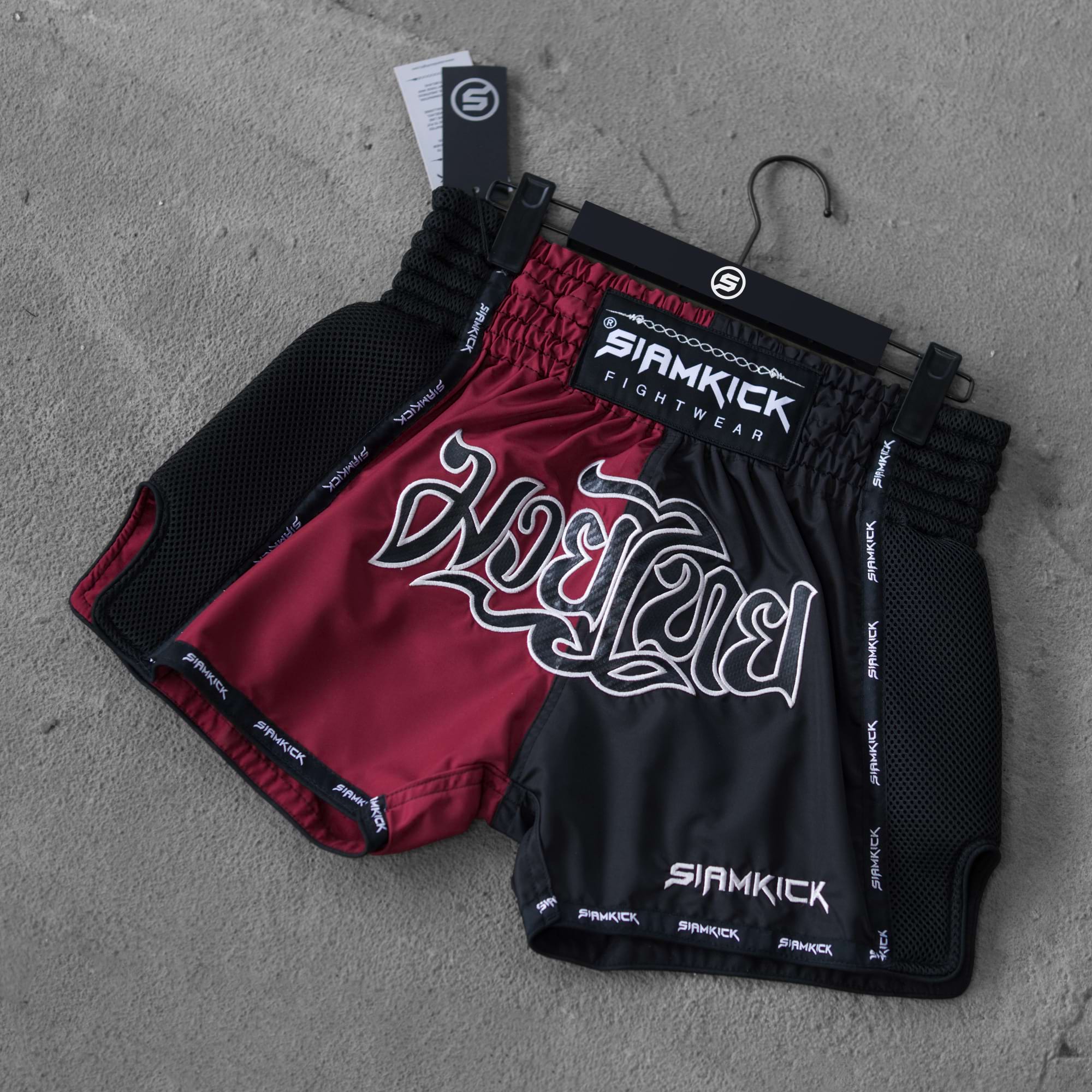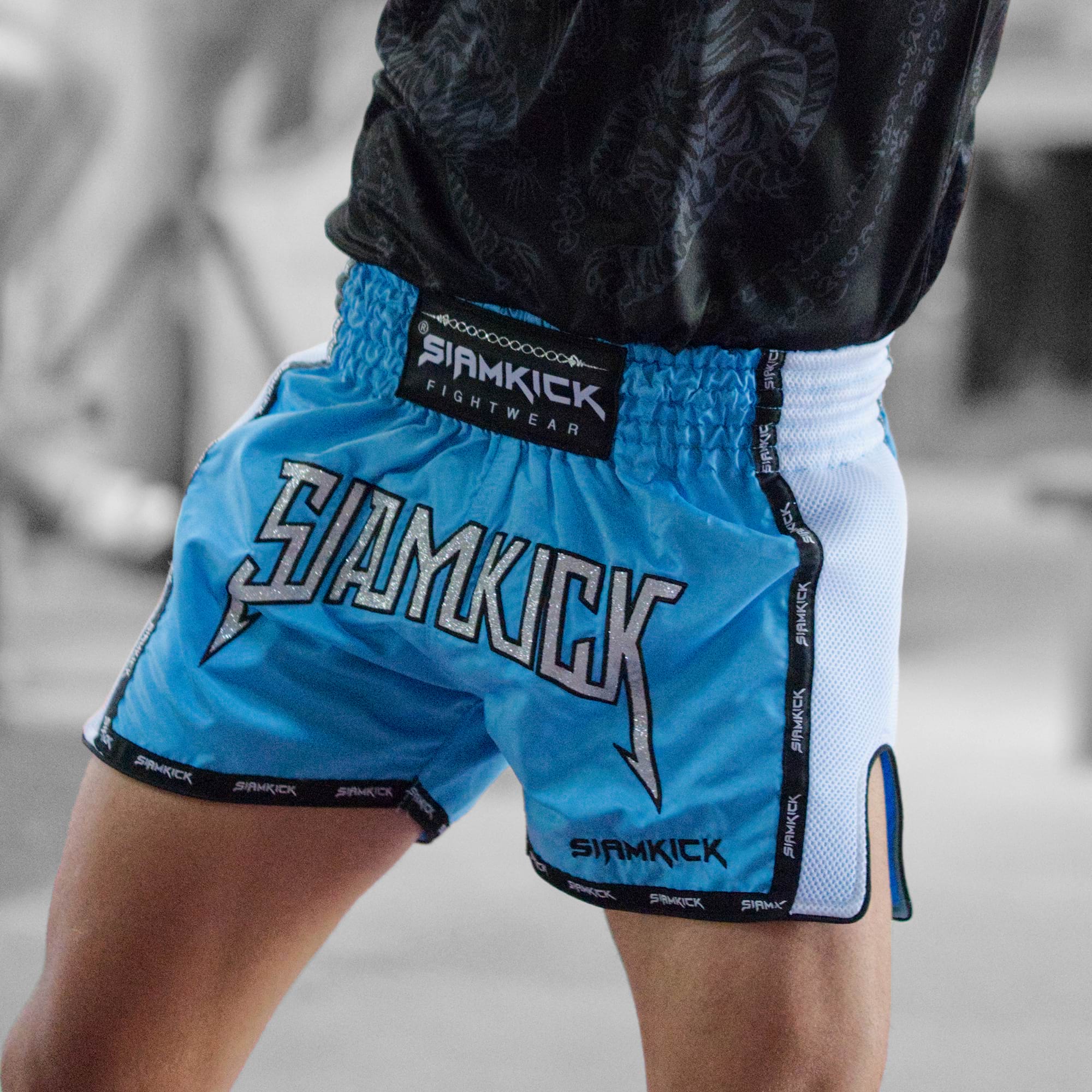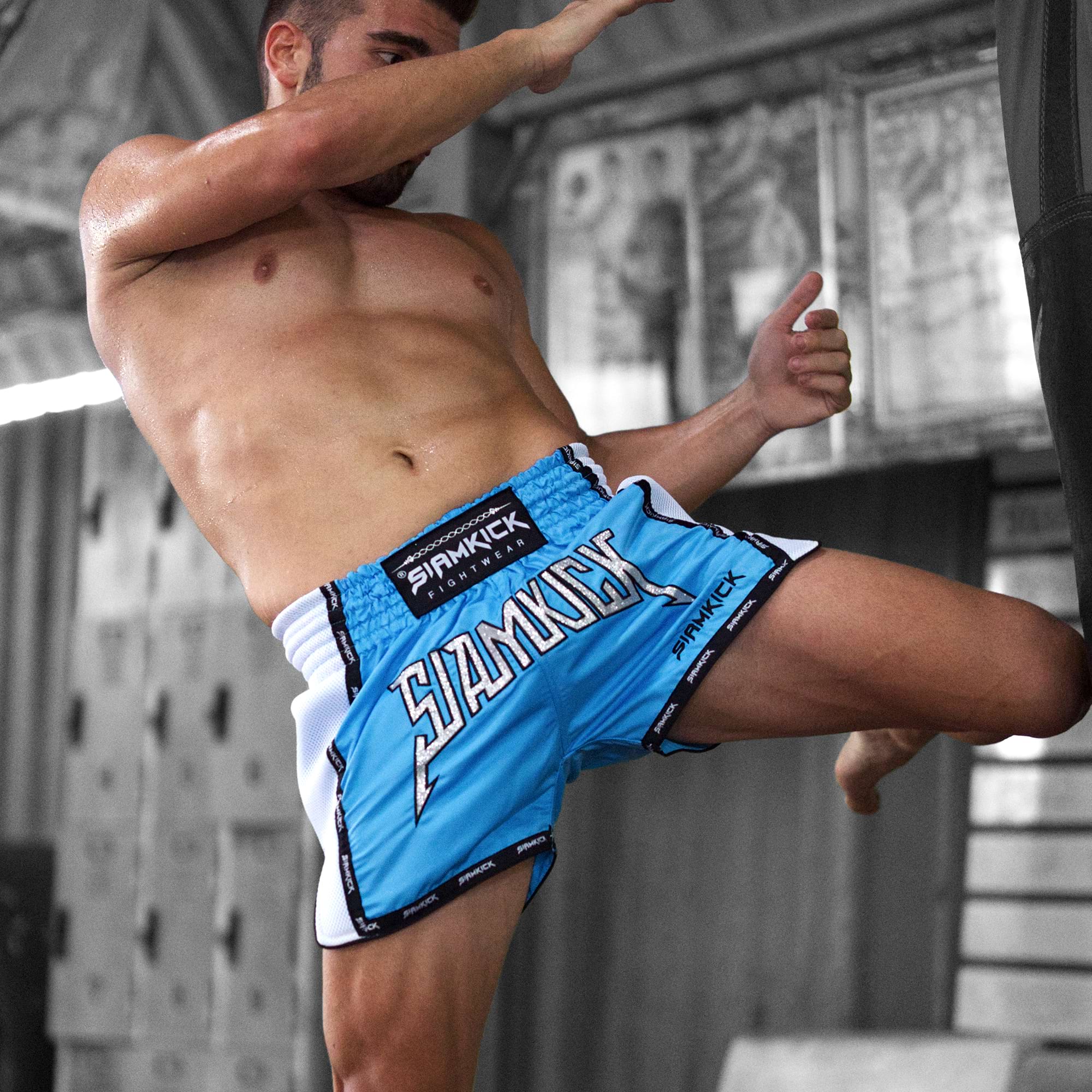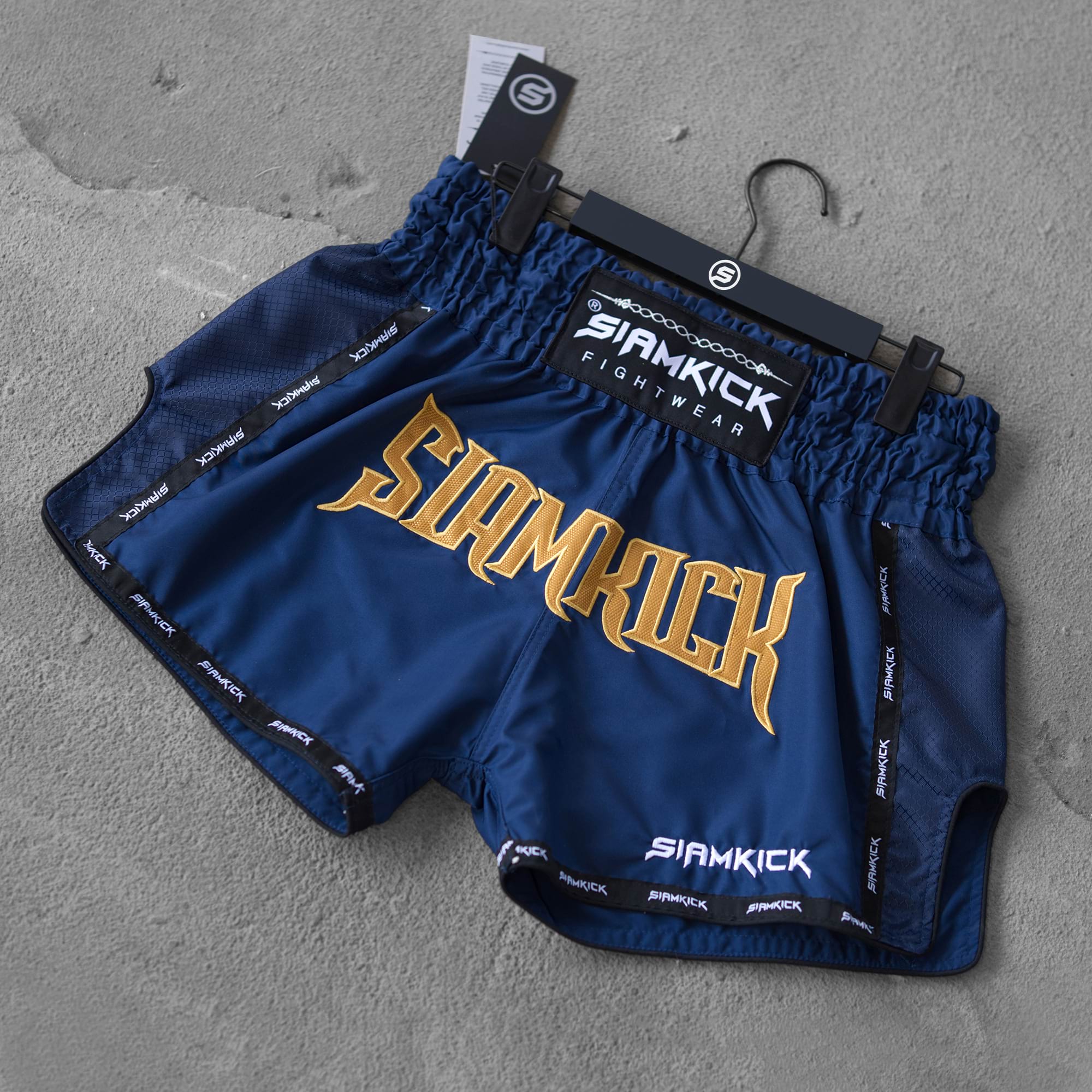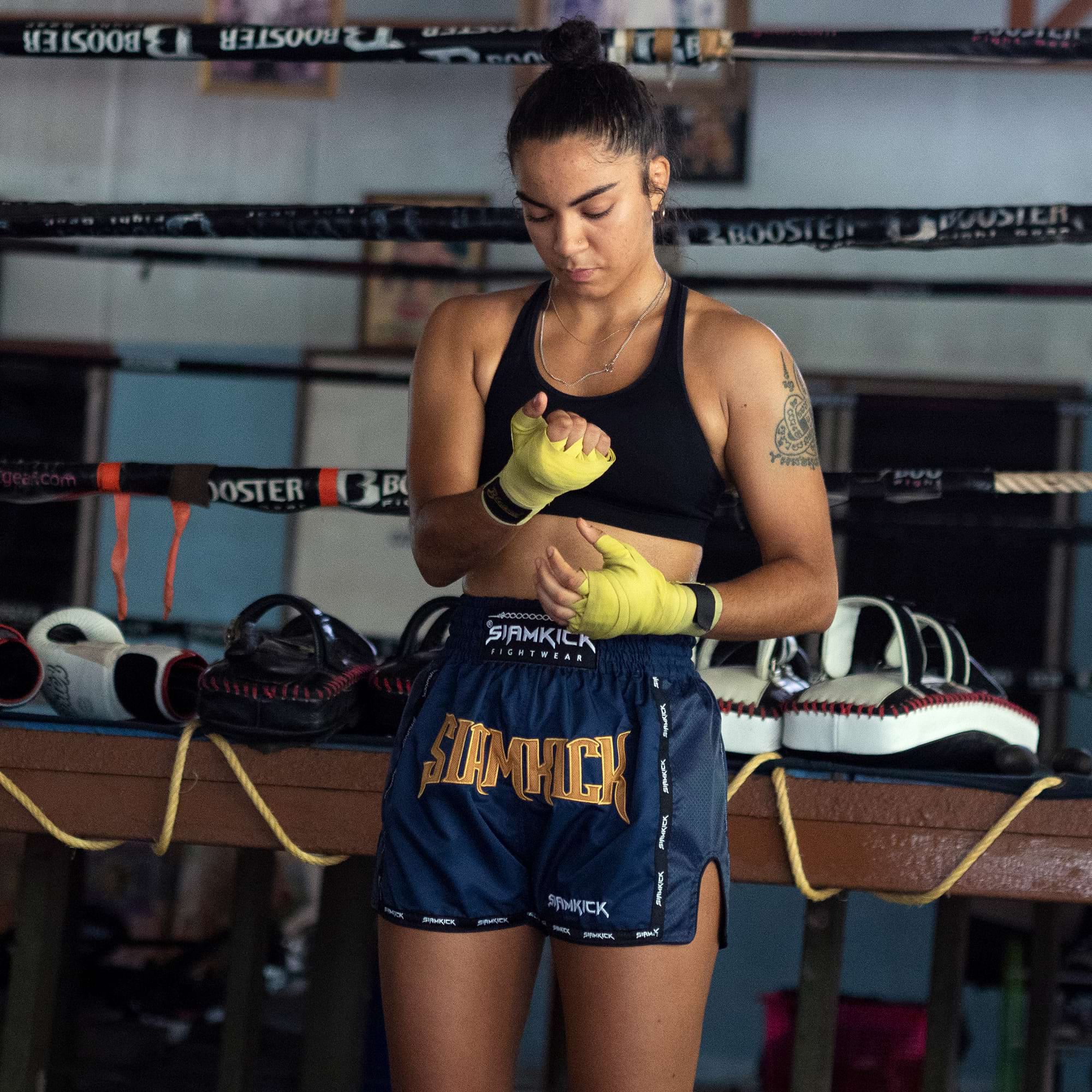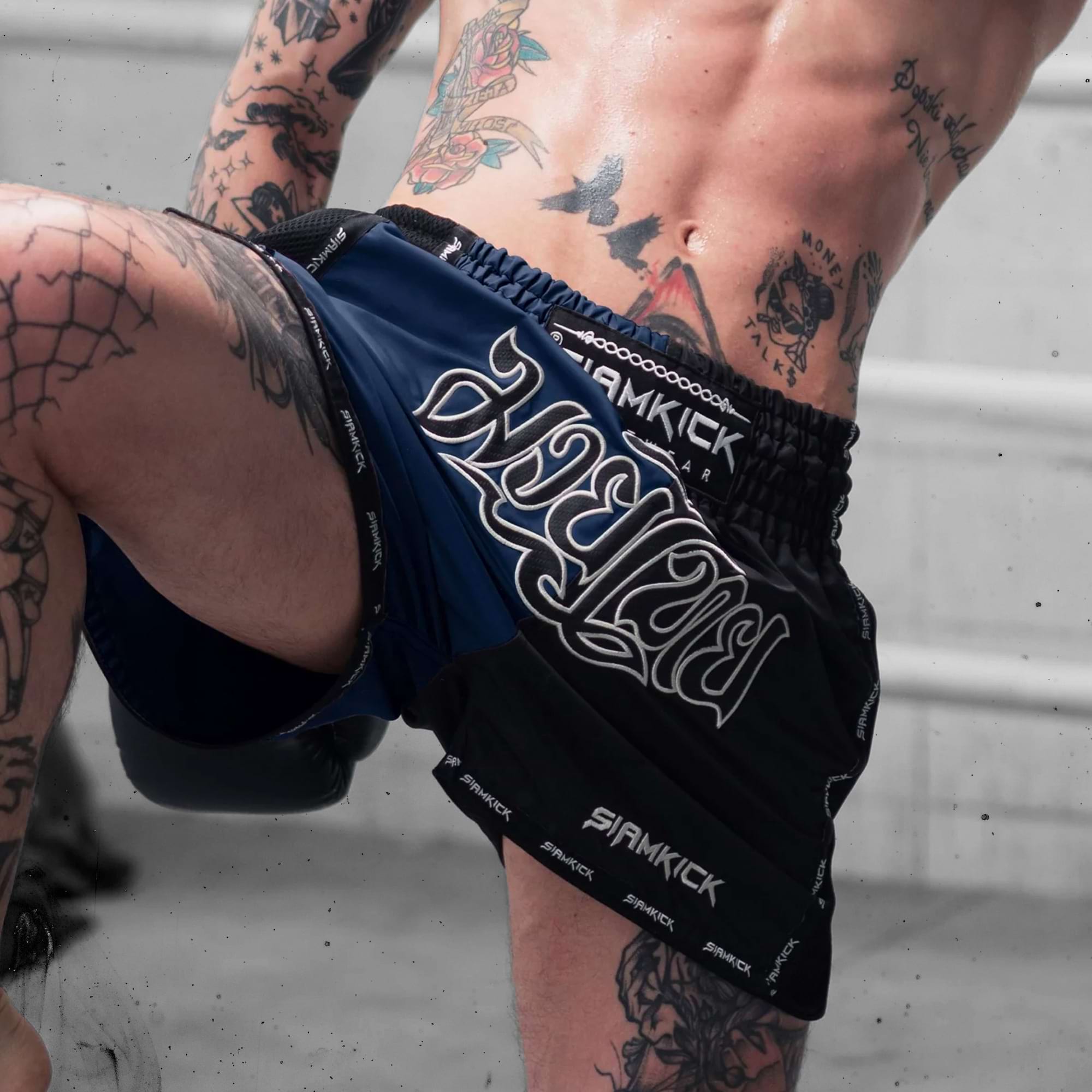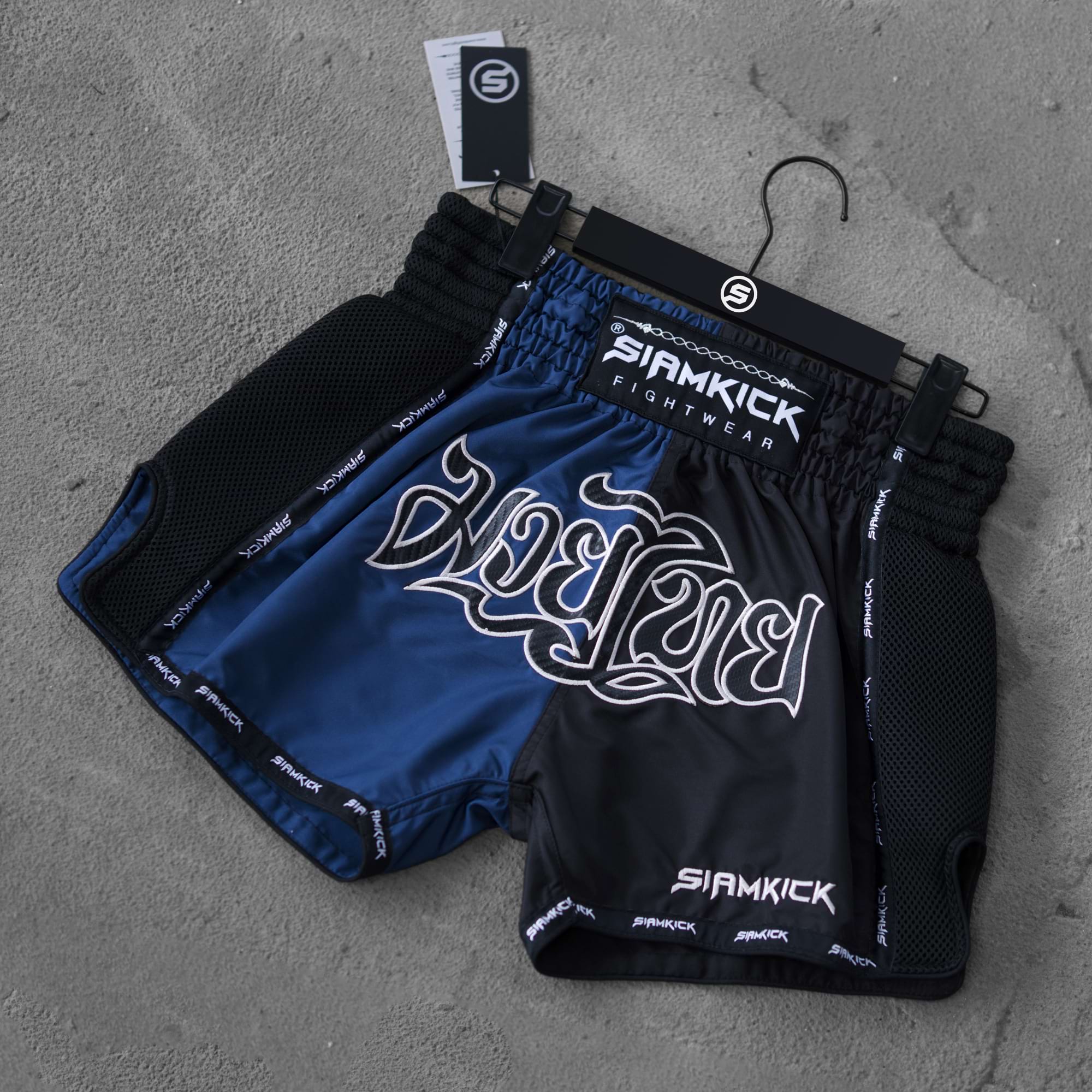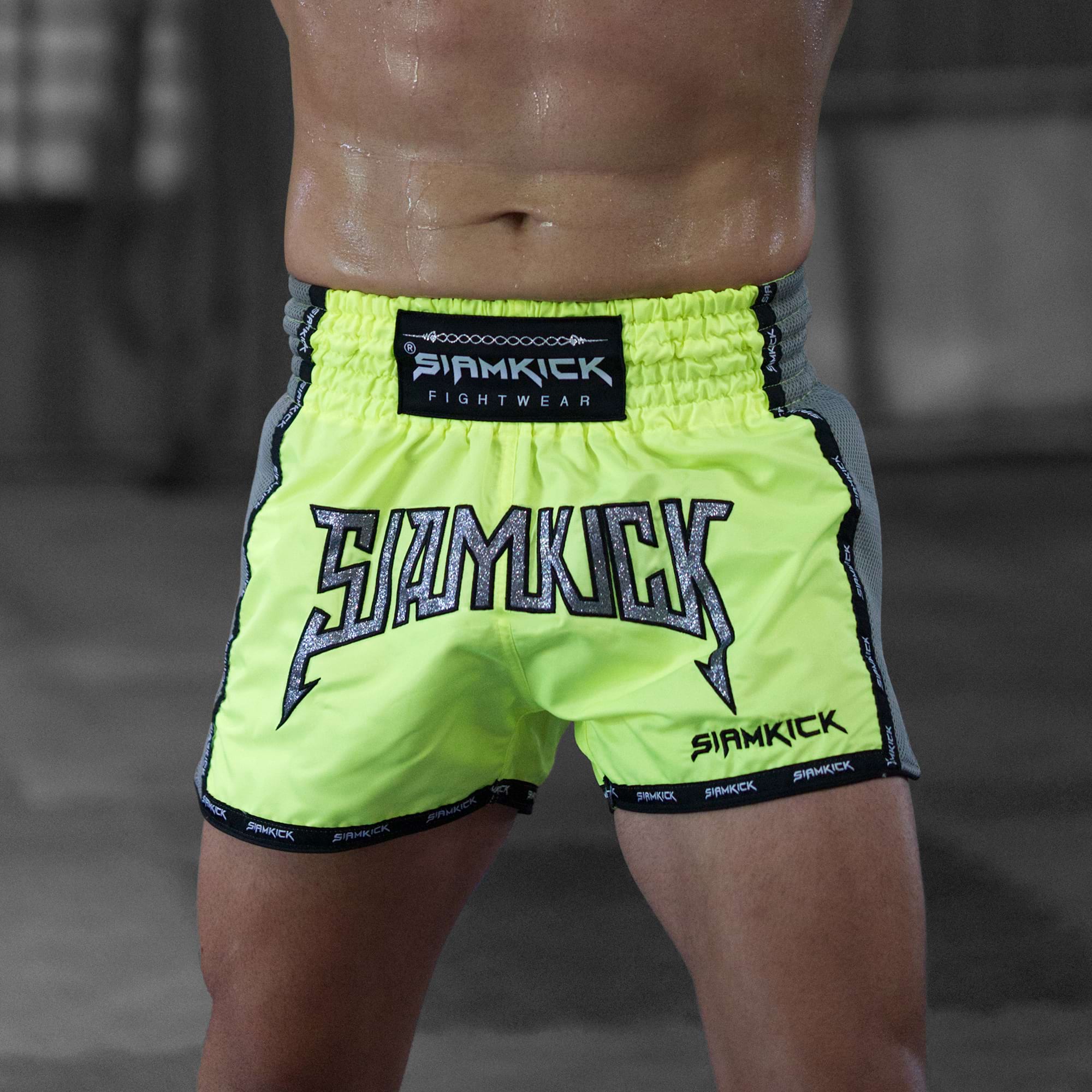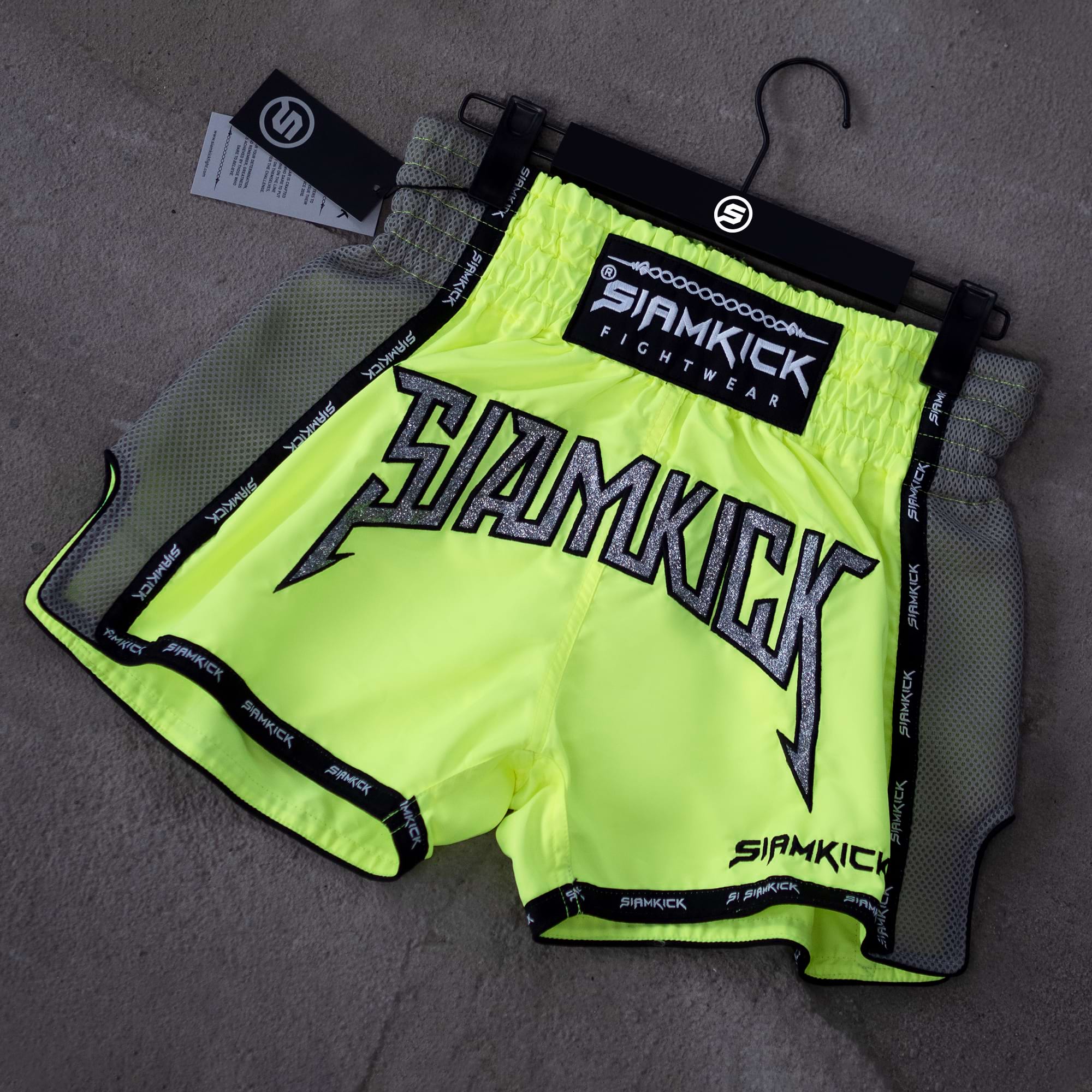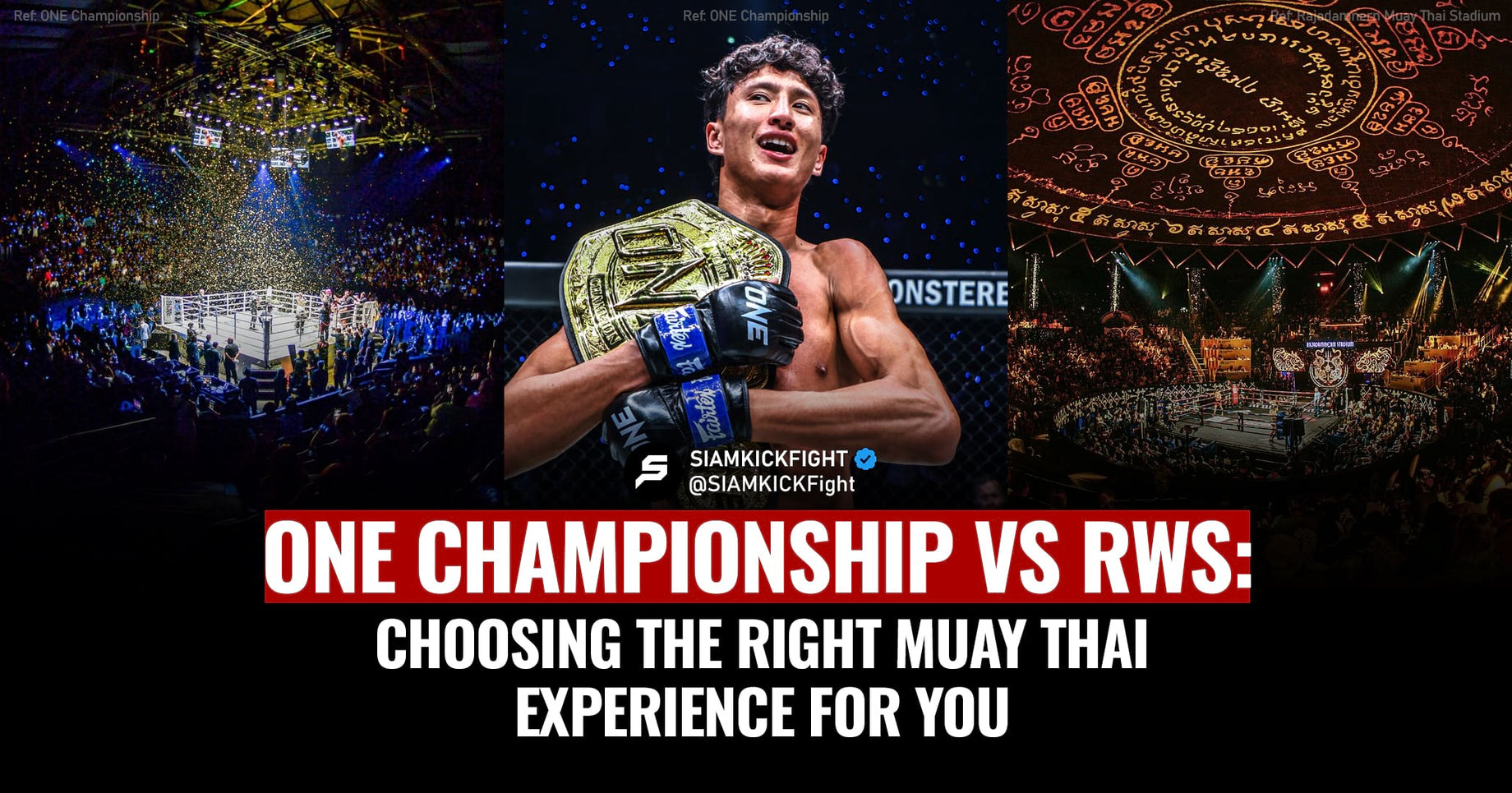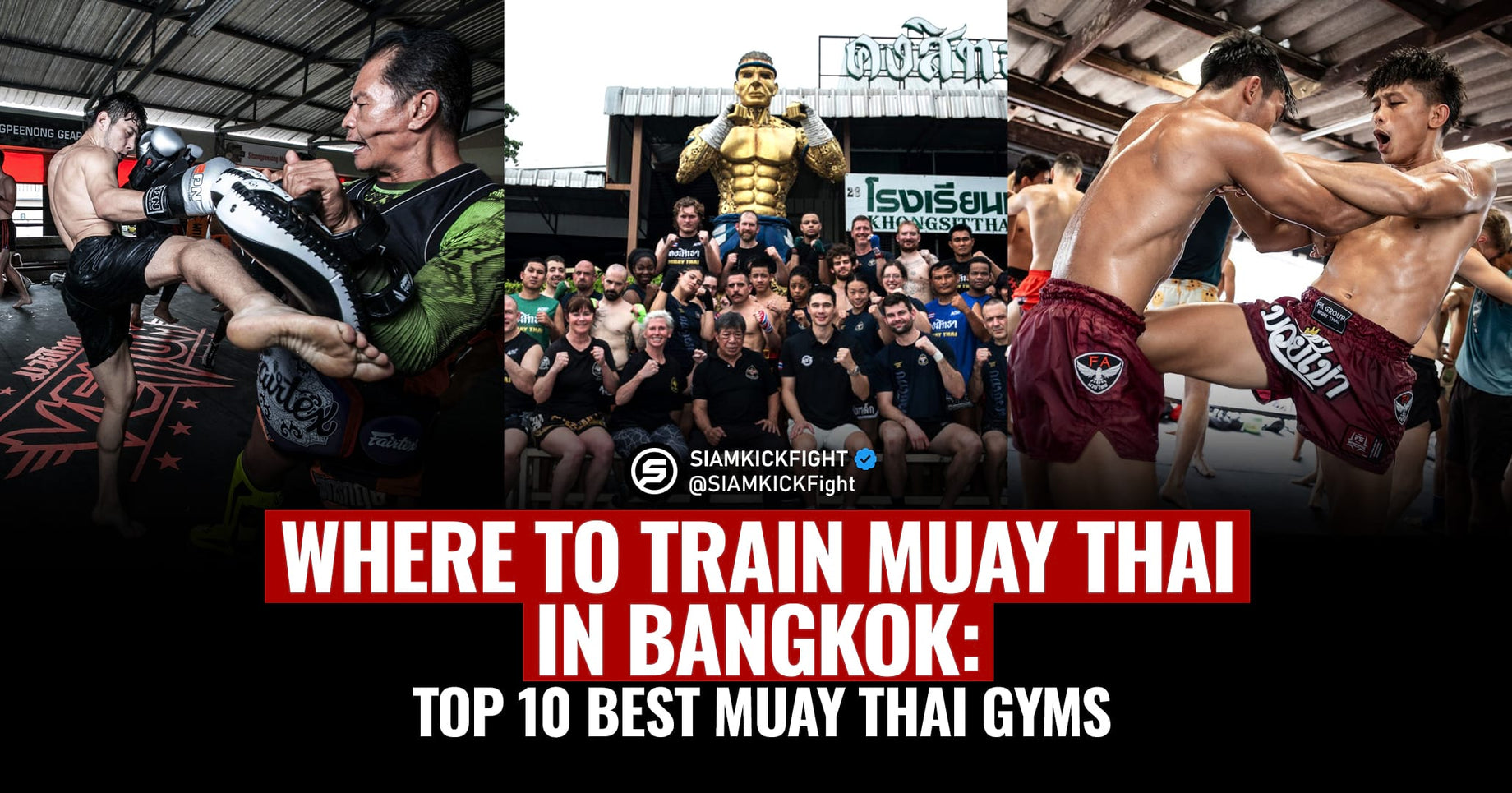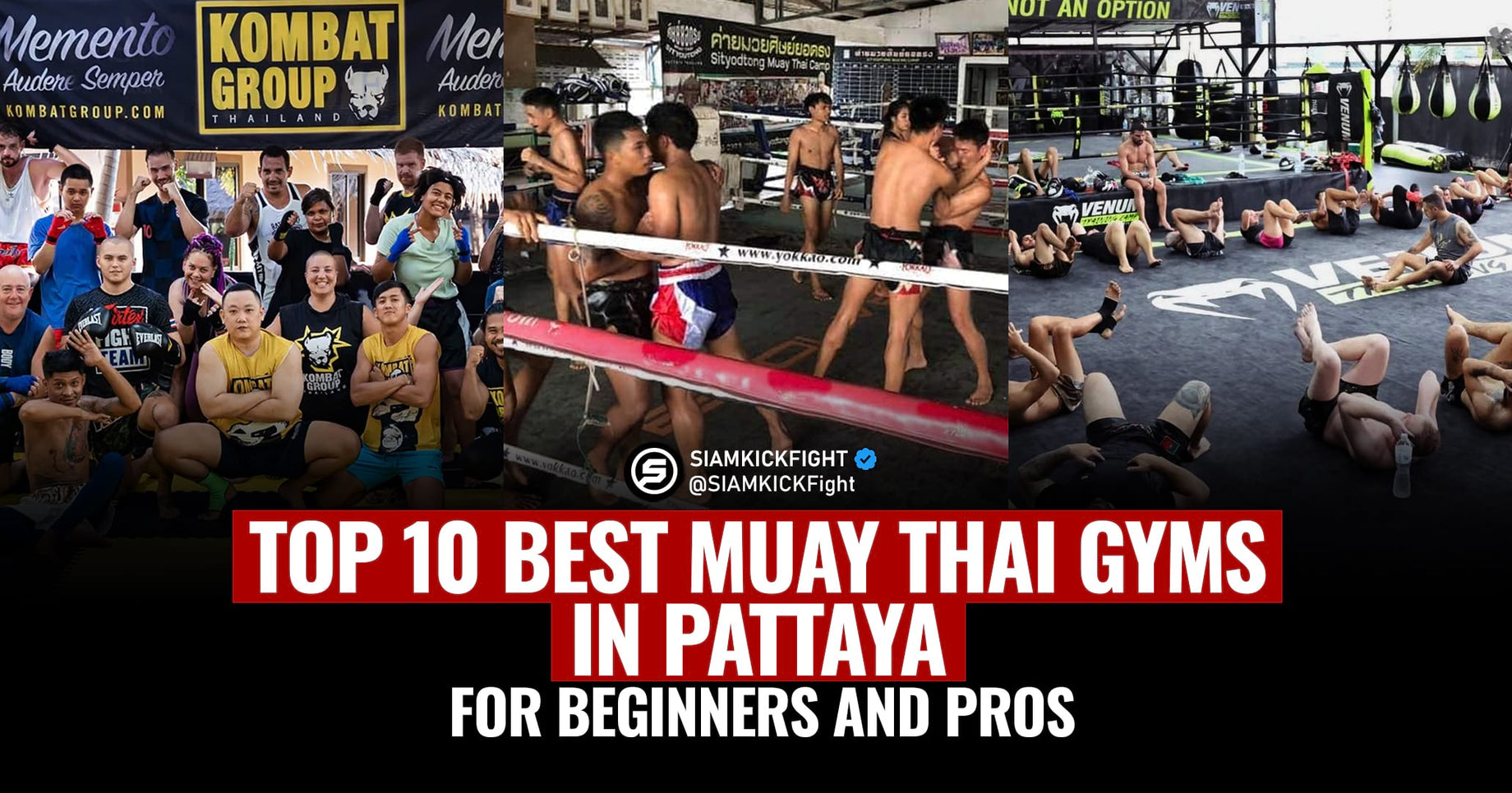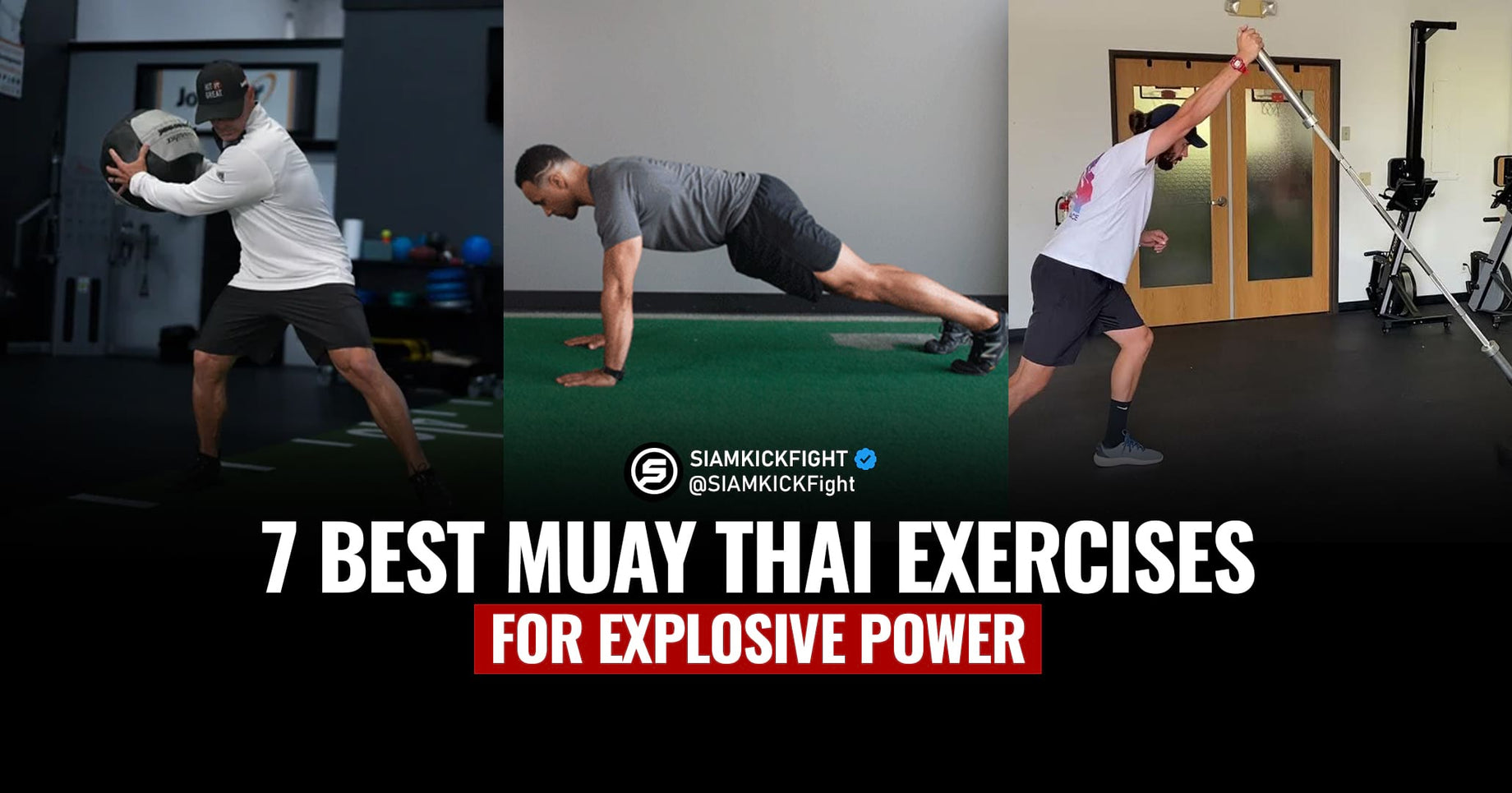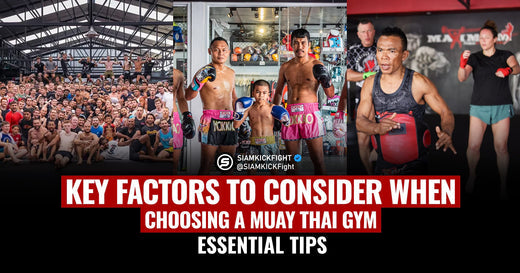Table of Contents
- Why are there Different Styles in Muay Thai?
- Muay Bouk (The Aggressive/Pressure Fighter)
- Muay Sok (The Elbow Specialist)
- Muay Khao (The Knee Fighter)
- Muay Femur (The Technical Fighter)
- Muay Mat (The Power Puncher)
- Muay Tae (The Kick Specialist)
- Muay Plam (The Clinch Fighter)
- Muay Farang (The Foreigner's Style)
- Which of the Muay Thai Styles is the Best?
- Which Muay Thai Styles Should I Learn?

Why are there Different Styles in Muay Thai?
Muay Thai, often referred to as the "Art of Eight Limbs," is a martial art that incorporates the use of punches, kicks, elbows, and knees. This ancient combat sport from Thailand is rich in history and tradition, with various fighting styles that have evolved over the centuries. Each style emphasizes different techniques and strategies, catering to different types of fighters. Let's explore each of the 8 fighting styles and understand the key techniques behind them.

1. Muay Bouk (The Aggressive/Pressure Fighter)
Muay Bouk fighters are known for their relentless aggression and pressure. They constantly move forward, aiming to overwhelm their opponents with a barrage of strikes. This style is characterized by high-paced action and a willingness to take hits to land their own.
Key Techniques:
- Continuous forward movement
- Heavy use of punches and combinations
- Intense and constant pressure
Fighters with this Style:
- Buakaw Banchamek
- Rodtang Jitmuangnon
- Seksan Or. Kwanmuang

2. Muay Sok (The Elbow Specialist)
Muay Sok practitioners specialize in using elbows as their primary weapon. This style is effective in close-range combat, where elbows can be devastatingly effective due to their sharpness and power.
Key Techniques:
- Elbow strikes from various angles
- Close-range combat proficiency
- Clinch work to set up elbow strikes
Fighters with this Style:
- Muangthai Pksaenchaimuaythaigym
- Yodkhunpon Sittraipum
- Toby Smith

3. Muay Khao (The Knee Fighter)
Muay Khao fighters excel in using knee strikes. They often engage in the clinch, where they can control their opponents and deliver powerful knees to the body and head. The 3 main types of knees in Muay Thai are:
- Khao Dot (Jumping Knee): The fighter pushes off the ground with both feet and drives either the rear or front knee toward the opponent's body or head. It's quicker than the flying knee and is often thrown from a closer range.
- Khao Loi (Flying Knee): The fighter launches forward through the air, elevating with one leg and knees with the other. This allows the fighter to cover more distance and generate more power than the jumping knee. However, if missed, it can leave the fighter more vulnerable.
- Khao Trong (Straight Knee): The fighter drives their knee straight forward, typically aiming for the opponent’s midsection, ribs, or solar plexus. It is often used in clinch fighting, or to disrupt an opponent's forward momentum. It's fast and can be thrown repeatedly without leaving the fighter vulnerable or off-balance.
Key Techniques:
- Strong clinch game
- Knee strikes from the clinch and mid-range
- Endurance and stamina to maintain clinch control
Fighters with this Style:
- Dieselnoi Chor Thanasukarn
- Yodwicha Por.Boonsit
- Petchboonchu FA Group

4. Muay Femur (The Technical Fighter)
Muay Femur fighters are known for their technical prowess and ring intelligence. They rely on skill, strategy, and precision rather than brute force. This style requires excellent timing, footwork, and an ability to read opponents.
Key Techniques:
- Superior footwork and movement
- Precision strikes and counters
- Strategic use of the ring
Fighters with this Style:
- Saenchai P.K. Saenchaimuaythaigym
- Superbon Singha Mawynn
- Nong-O Gaiyanghadao
- Samart Payakaroon

5. Muay Mat (The Power Puncher)
Muay Mat fighters focus on delivering powerful punches. They often have a boxing background and incorporate heavy punches into their Muay Thai arsenal, aiming to knock out their opponents with a single strike.
Key Techniques:
- Heavy punches and combinations
- Strong defensive skills to set up counter punches
- Knockout power
Fighters with this Style:
- Rodtang Jitmuangnon
- Anuwat Kaewsamrit
- Yodlekpet Or. Pitisak

6. Muay Tae (The Kick Specialist)
Muay Tae practitioners excel in using kicks, particularly the powerful roundhouse kick. They keep their opponents at a distance and use their legs to deliver powerful and precise strikes.
Key Techniques:
- Powerful roundhouse kicks
- Effective use of teeps (push kicks)
- Maintaining distance with kicks
Fighters with this Style:
- Superlek Kiatmoo9
- Singdam Kiatmoo9
- Yodsanklai Fairtex

7. Muay Plam (The Clinch Fighter)
Muay Plam fighters are specialists in the clinch. They dominate opponents with their clinch control, using a combination of knees, elbows, and sweeps to wear down and destabilize their opponents.
Key Techniques:
- Dominant clinch control
- Knee and elbow strikes from the clinch
- Sweeps and throws to off-balance opponents
Fighters with this Style:
- Petchboonchu FA Group
- Yodwicha Por Boonsit
- Petchmorrakot Petchyindee

8. Muay Farang (The Foreigner's Style)
Muay Farang refers to the style adopted by non-Thai fighters. While these fighters may not adhere strictly to traditional Muay Thai techniques, they often bring in elements from other martial arts like kickboxing or Taekwondo and adapt them to Muay Thai.
Key Techniques:
- Mixed martial arts influence
- Adaptation of traditional techniques
- Innovative and unconventional strategies
Fighters with this Style:
- Ramon Dekkers
- John Wayne Parr
- Liam Harrison
Which of the Muay Thai Styles is the Best?
Determining the "best" Muay Thai style is subjective and depends on the individual fighter's strengths, weaknesses, and preferences. Each style has its own advantages and can be effective in different situations. For example, A Muay Bouk fighter may have an advantage over a Muay Femur fighter or vice-versa. The best style for you is one that complements your physical attributes, enhances your natural abilities, and aligns with your fighting philosophy.
Which Muay Thai Style(s) Should I Learn?
As a beginner or an experienced fighter, it's beneficial to have a well-rounded understanding of multiple styles. Start by learning the basics of Muay Femur to develop your technical skills and ring IQ. As you progress, incorporate elements of Muay Bouk for aggression, Muay Khao for knee strikes, and Muay Sok for elbow techniques.
Once you gain experience and a deeper understanding of each style, you can decide which type of fighter you want to be based on your success with each style. Adapting aspects from various styles will make you a versatile and unpredictable fighter.


